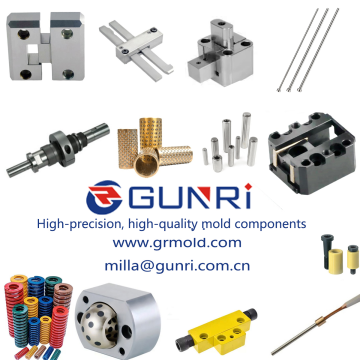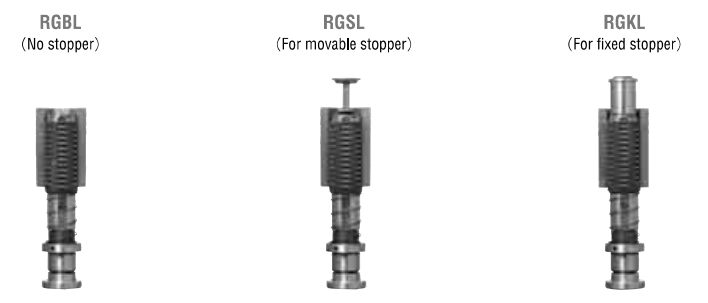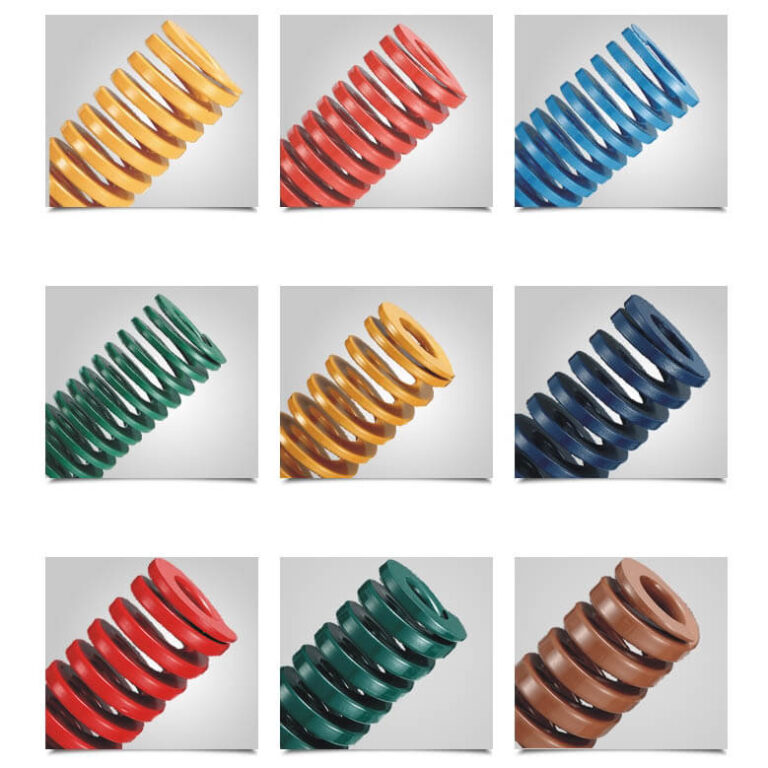Assembly Steps for Mold Components
Assembly Steps for Mold Components:
- Selecting assembly reference components.
When assembling mold components, the first step is to select reference components. The selection principle for reference components is based on the interdependency of the main mold parts during machining. Common reference components for mold assembly include the punch, die, punch and die combination, guide plate, and fixed plate.
- Component assembly.
Component assembly refers to the process of assembling two or more parts into a component according to specified technical requirements before final assembly of the mold. Examples include assembling the mold frame, assembling the punch and die with the fixed plate, and assembling various parts of the stripping and ejector mechanisms. These components should be assembled according to their respective functions, ensuring a certain level of assembly accuracy for the entire set of mold components.
- Overall assembly.
Overall assembly involves combining parts and components into a complete set of mold components. Before final assembly, the reference components for assembly should be selected, and the assembly sequence of the upper and lower molds should be arranged.
- Adjusting the clearance between the punch and die.
During the assembly of mold components, it is essential to strictly control and adjust the uniformity of the clearance between the punch and die. After adjusting the clearance, screws and pins should be tightened. Methods for adjusting the clearance between the punch and die include light transmission method, measurement method, shim method, coating method, copper plating method, etc.
- Inspection and debugging.
After the assembly of mold components is completed, it is necessary to ensure assembly accuracy and meet specified technical requirements. Mold functionality should be inspected according to the mold acceptance technical conditions, and various parts of the mold should be examined. Trial molding should be conducted under actual production conditions, and the mold should be adjusted and corrected based on the molding trial results. Only after the trial molding is successful, can the mold processing and assembly be considered essentially complete.







